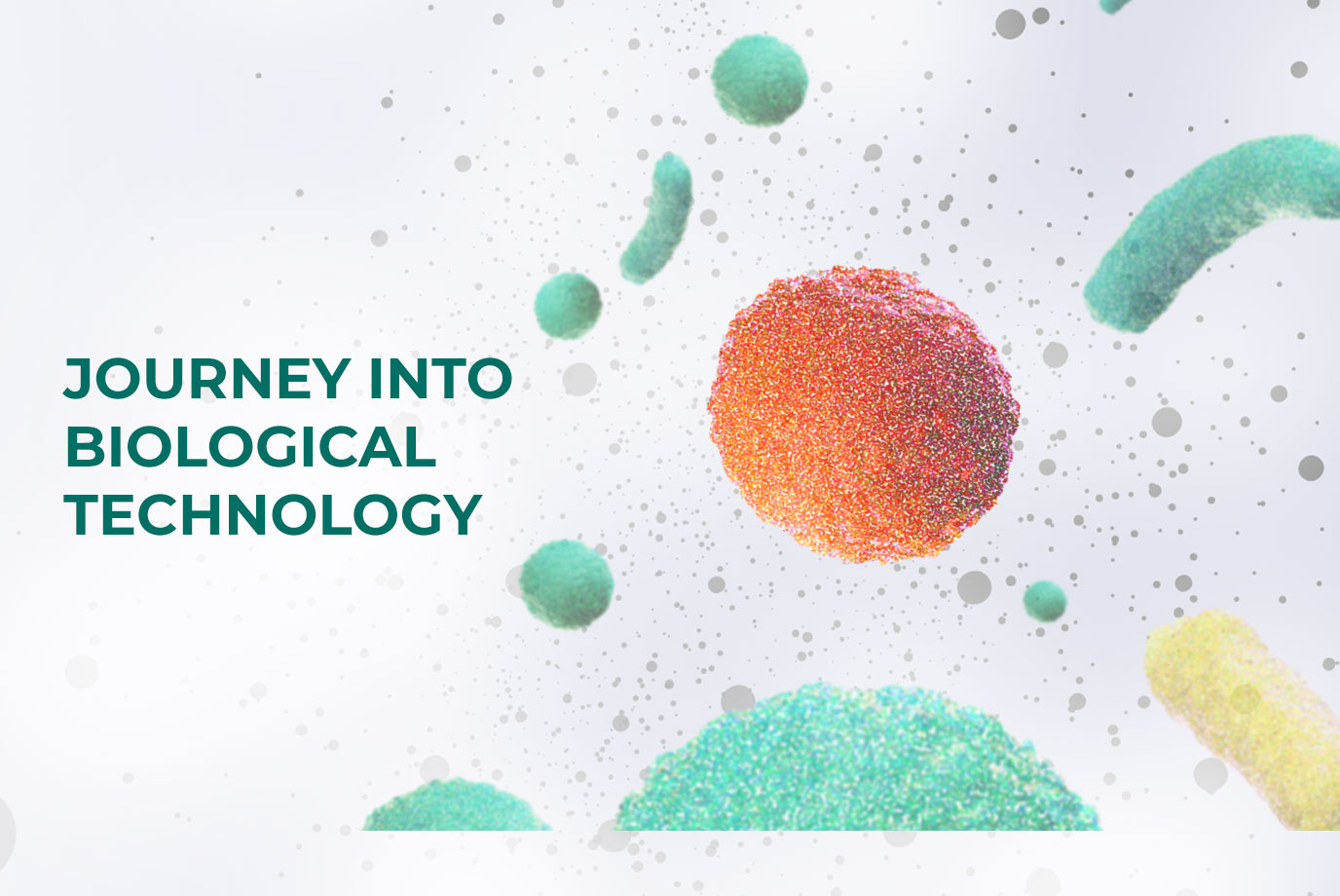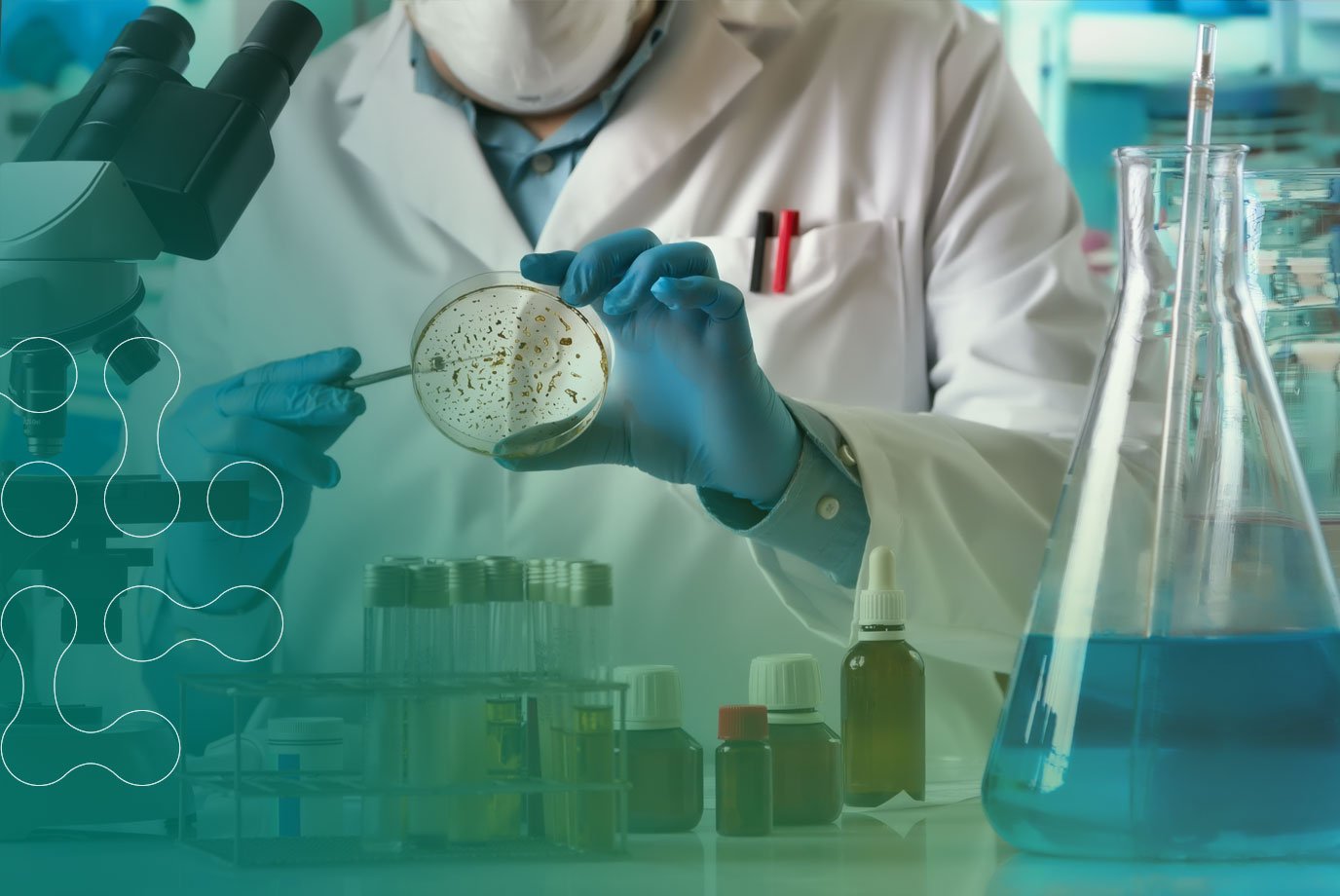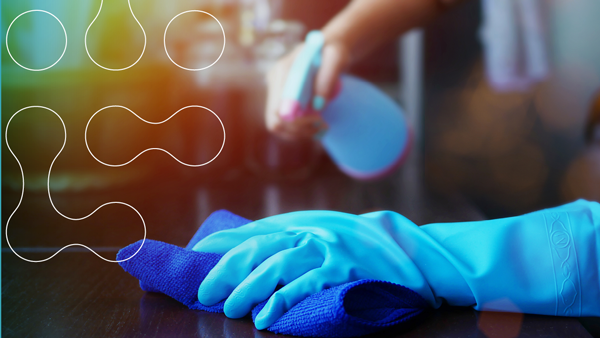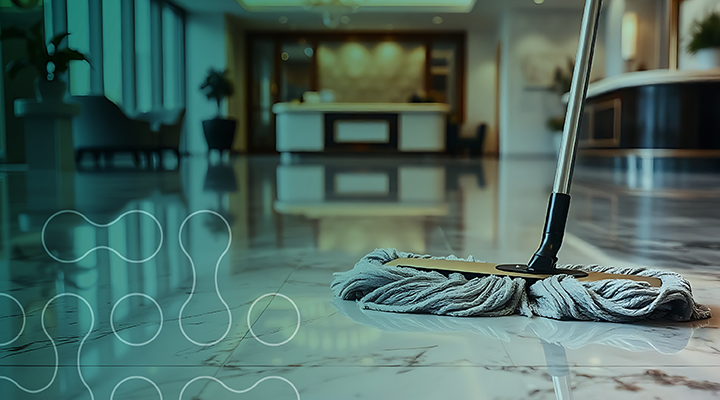In recent years, the Facilities Management (FM) sector is increasingly moving towards the use of eco-friendly products, and the cleaning sector is following suit. Much of the cleaning industry now looks towards bacteria, biotechnology and ecology to source the vital, active ingredients for its products, rather than use harmful chemicals such as formaldehyde or mineral acids, which would have been the case only a generation ago.
This change has given rise to a number of issues. For a start, eco-friendly products, on average, cost more than traditional cleaning products, notably due to the superior ingredients and the research that goes with it. Also, consumers often ask if the eco-friendly products actually work as well as their more harmful counterparts; and we even get asked how we know our products are eco-friendly at all! (We know that they are because at BioHygiene we develop our products using our own microbial strain bank – now containing over 70 strains).
When assembling a bank of bacterial strains, perhaps the most important thing is to realise that not all bacteria are the same; whether comparing different species of bacteria, or different strains of the same species. For example, the bacterium Bacillus anthracis is the causative agent of anthrax and Bacillus cereus will give you a nasty case of food poisoning. Yet the friendly cousins of these species such as Bacillus subtilis have worldwide recognition as being perfectly safe and are widely used in biotechnology, including as direct-fed probiotics for animals and even humans.
Perhaps something more familiar between strains of the same species is Escherichia coli (E. coli). This bacterium is a natural and essential part of the population that inhabits our gut – it’s safe to say that our gut could not function properly without it. Other strains such as E. coli K12 are also very safe and are used in human skin trials. However, strains such as E. coli 0157, contracted from contaminated food and water, or infected animals and people, can cause enteritis and nasty complications relating to the blood, kidneys and nervous system.
These differences are accounted for by many factors, for example whether certain species or strains produce adhesion factors allowing them to colonise human tissues, whether or not they produce toxins and what the enzymes they are able to produce are.
The same concept applies to the range of perfectly safe bacteria and fungi that are used in biological products, including the BioHygiene range. All bacteria are not the same, they have very different abilities regarding the enzymes they can produce and the conditions they can grow under. It’s vitally important that those used in a particular product have the correct abilities to do the job you want them to do; otherwise you will end up with a product that is unable to perform as required.
When we started the company, we spent considerable time and money testing our bacteria to determine exactly what each could and could not do; allowing us to develop products with the highest ability. The tests we conducted included:
Enzyme production, e.g.
- Amylase (to break down starch)
- Cellulase (vegetable material)
- Lipase (fats, oils and greases)
- Protease (proteinaceous matter)
- Uricase (uric acid)
Ability to degrade specific substances, e.g.
- Fats, oils and greases such as animal fat, butter, olive oil, sunflower oil, vegetable oil, ghee butter and palm oil
- Fatty acids
- Ammonia and nitrite
Ability to grow under different physical conditions, e.g.
- Different temperatures
- Low oxygen conditions or those where there is no oxygen
Ability to grow under different chemical conditions, e.g.
- Different pH values, i.e. where conditions are acidic or alkaline
- Salinity (salty conditions)
Our testing programme resulted in us gaining a great deal of information and effectively compiling a detailed ‘CV’ for each strain – we now have a very specific idea of what each can and cannot do. This strain ‘screening’ is ongoing as we isolate new strains and add them to our strain bank. The vital information is then used when we select strains to go into products.
For example, many of our cleaning products, such as our BioHygiene MSC, contain bacteria that produce a wide range of enzymes (including amylase, cellulase, lipase and protease - see above) to degrade organic matter and prevent odours. Our washroom products, such as BioHygiene Urinal & Toilet Cleaner, include bacteria that produce uricase, which breaks down uric acid that leads to organic scale. This is a good example of the correct bacteria being used in the right product. In contrast, it would be pointless dosing bacteria into a septic tank that cannot grow without oxygen, and it is through our vigorous testing of strains that allow us to realise the best bacteria for the job and the conditions.
The level of knowledge we possess on our strains is a major advantage and this is somewhere many other companies in the cleaning industry fall behind. The majority of companies in our sector do not have their own strain bank and therefore must buy their bacteria in. Additionally, many other companies do not have lab facilities or technical departments like ours either – both these points are fraught with problems.
When buying in bacteria, many companies will rely on the suppliers to tell them the correct bacteria for the job. However, there have been cases that due to lack of facilities, the suppliers aren’t certain of the correct strain for the jobs either. This is a problem that we are able to bypass completely due to our strain bank. Another major advantage of having our own strains, rather than buying them, is that we are able to use the correct strains at much higher and more effective levels of bacteria in our products.
Over the years, we have analysed hundreds of competitors products and regularly see products containing bacteria with the wrong abilities for the task at hand. We’ve also seen products containing extremely low levels of bacteria, and some containing no bacteria at all! A worrying state of affairs indeed.
The level of comprehensive testing that we undertake also allows us to formulate specific products for clients. For example, customers will send in materials that they want to degrade biologically, and we will test them against the strain bank before supplying a product containing the correct strains for their application.
At BioHygiene we are proud to have the facilities and technical ability to carry out the extensive testing mentioned; allowing us to have a very competent bank of bacterial strains that is constantly changing and improving.




